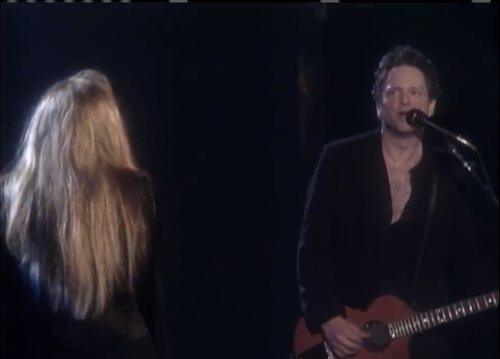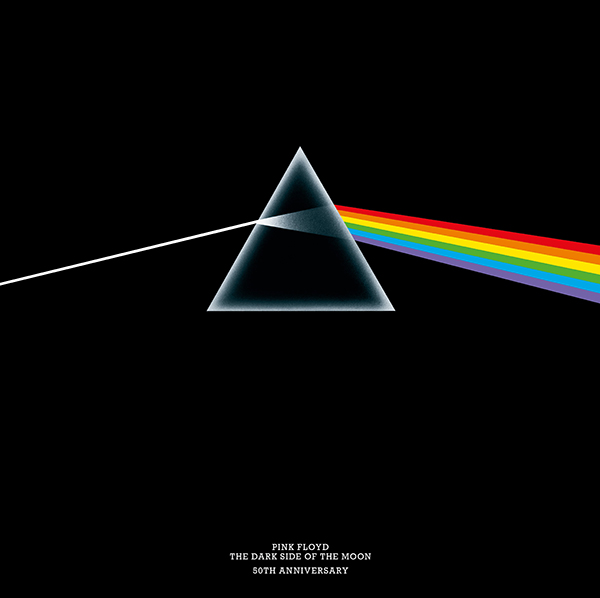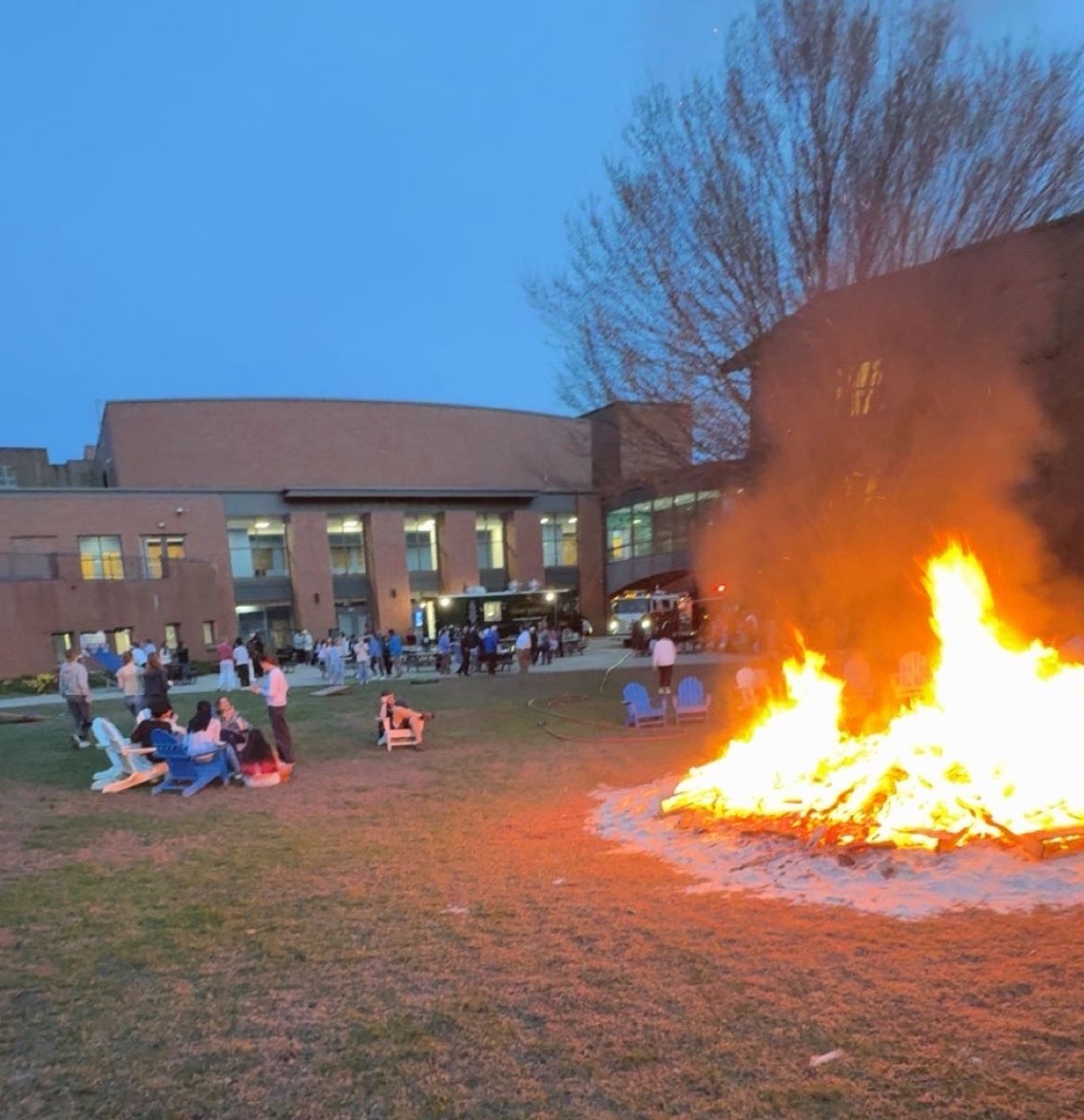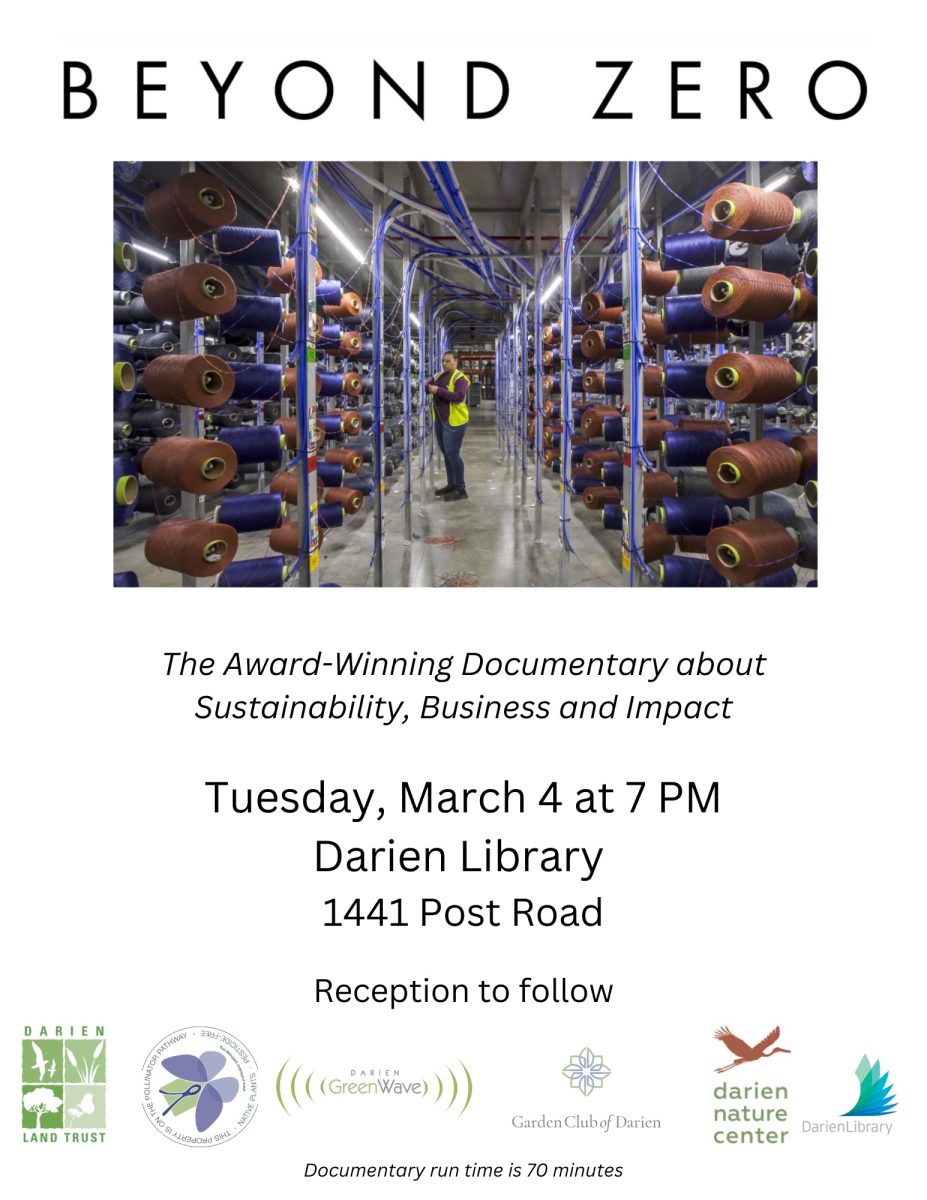Fleetwood Mac’s “Silver Springs” is more than just a song- it is a moving piece of music history that captures raw emotion and unresolved heartbreak, and yet, many people are unaware of its true meaning and origin.
Written by Stevie Nicks during the height of the band’s tension between her and guitarist Lindsey Buckingham, the song tells a story of love, loss, and the lingering pain of a relationship that ended but never truly faded.
Its journey from a bonus track to a cherished live performance is a testament to its power and resonance.
“I never knew the song had that much weight, I thought it was just another love song” sophomore Kenneth Arrunategui stated, when asked if he knew what the song was truly about.

Stevie Nicks wrote “Silver Springs” while dealing with the fallout of her romantic relationship with her partner and bandmate, Buckingham. The title references Silver Springs, Maryland, a town Nicks saw while traveling on one of her tours.
When questioned about the reason she included the town in the name she stated, “It sounded like a pretty fabulous place to me”. The town almost symbolizes a perfect reality in her mind, where everything could have gone right.
The song was originally written for Fleetwood Mac’s iconic album Rumors released in 1977, but it didn’t make the final cut. Instead, it was relegated to the B-side (the back side of the vinyl, usually less popular) in place of the single “Go Your Own Way,” a track Buckingham wrote about their breakup.
The exclusion was said to be for reasons relating to the flow of the album yet it almost seems like it was purposefully done, as if they were trying to silence her story and give the spotlight to Buckingham.
For Nicks, the decision was devastating. She later recalled that she felt robbed of a song that was extremely personal to her. “Silver Springs” was overshadowed by “Go Your Own Way” and was practically forgotten in the midst of the massive success of Rumors.
Yet years later, during Fleetwood Mac’s reunion for The Dance in 1997, she would finally get her revenge. Performed live, the song took on an entirely new meaning.
The song starts off casual and laid back as usual, with Nick almost looking drained and bored, but as the song progresses the energy begins to build. With the height of the song arriving Nicks turns to face her former band member and her former lover.

The two members made intense eye contact and refused to release their gazes, looking deep into each other’s hearts. Almost metaphorically, Buckingham is forced into singing the backing track to the song about their tragic end, finally putting Buckingham in the dark and bringing Nicks to the light.
Then, Nicks delivers the searing lines, “I’ll follow you down till the sound of my voice will haunt you,” and then and there it was clear this was more than a performance, it was a declaration of love and heartache.
As the chorus comes to a close, Nicks visibly begins singing with an extreme intensity, still staring deep into the soul of her ex-lover. Then when the chorus ends, Buckingham breaks eye contact and they return to their spots on the stage.
The audience, aware of the emotional weight between them, watched as the performance became a cathartic, and almost theatrical moment.
This live rendition turned “Silver Springs” into a fan favorite, cementing its place in Fleetwood Mac’s legacy and finally giving Nicks the recognition she deserved. The emotional performance was even nominated for a Grammy, decades after the song’s initial recording.
Today, “Silver Springs” is celebrated for its haunting melody and heartfelt lyrics and its place in Fleetwood Mac’s dramatic history. It is a reminder of the power of music to demonstrate and preserve moments of human emotion, even the painful ones.
Here is an article from Rolling Stone















